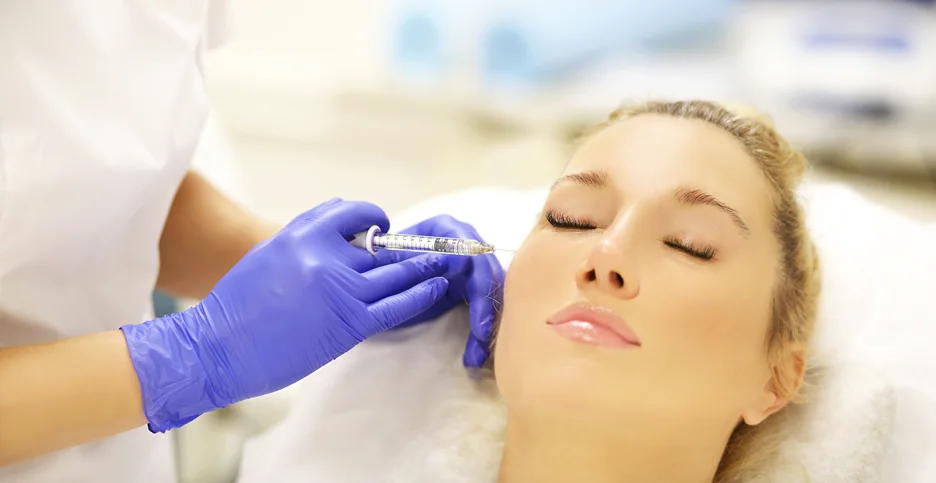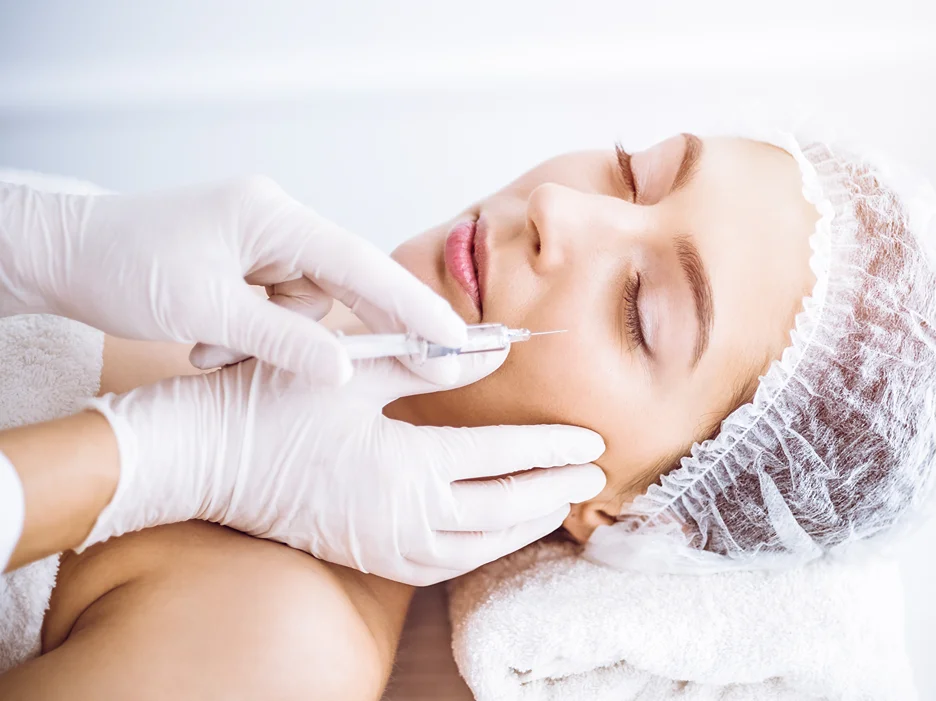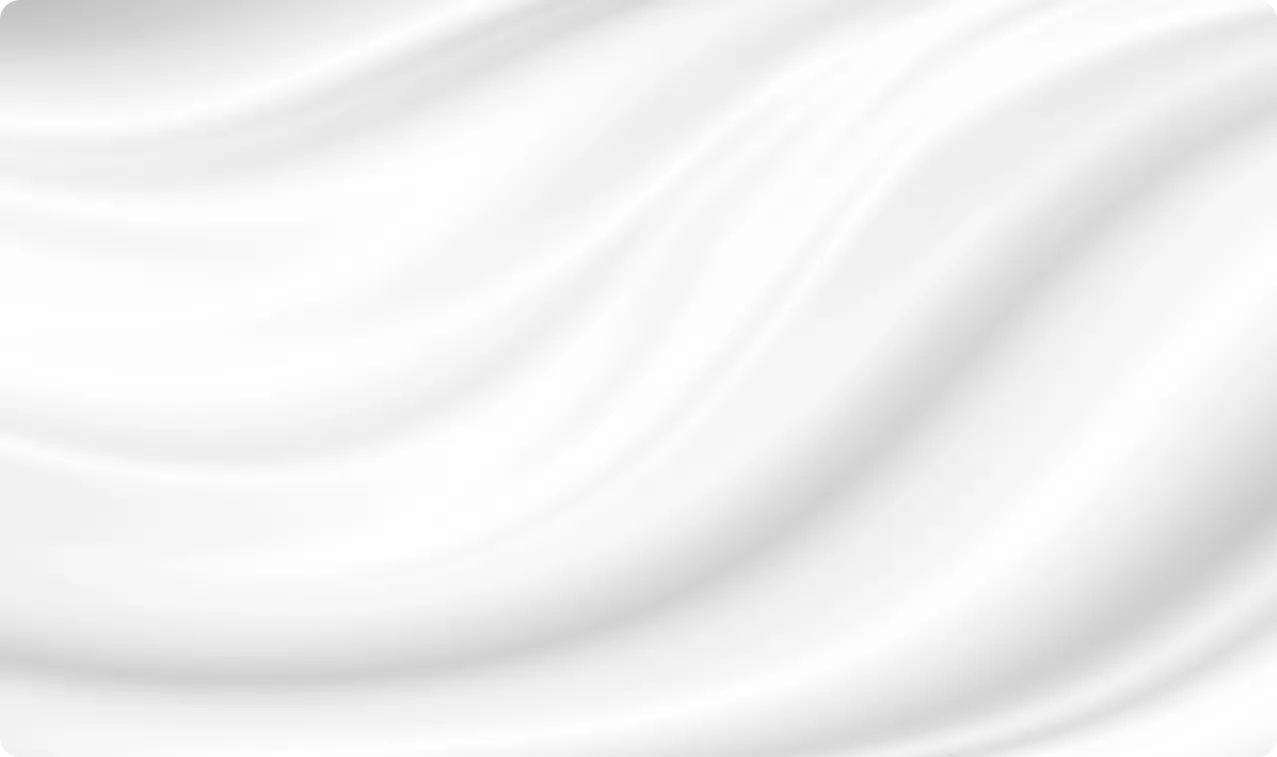Is your cheek filler too firm? Discover the signs of normal healing vs. potential problems.
It's completely normal for cheek fillers to feel firm, swollen, and slightly lumpy for the first few weeks after injections as your skin heals. But if the hardness persists past 4 weeks or is accompanied by pain, redness, or visible bumps, contact your doctor to ensure your fillers are healing properly.

Short answer: Yes, it is normal for cheek fillers to feel hard at first. But let's break this down further.
Immediately after your treatment, you might notice that your cheeks feel firmer than expected. This initial hardness is completely normal and is actually a good sign that the filler is doing its job.
Here's why:
This firmness typically lasts for the first few days to weeks after your treatment. The exact timeframe can vary depending on the type of filler used and how much was injected. Hyaluronic acid fillers, for instance, might feel softer more quickly than denser fillers like calcium hydroxylapatite.
It's crucial to distinguish between normal post-treatment firmness and potential complications. Normal firmness should be consistent and gradually soften over time. If you notice hard lumps, severe pain, or asymmetry, it's best to contact your practitioner.
Fast forward 2-4 weeks from your injection appointment. By now, any residual swelling, bruising, and post-treatment firmness should be fully resolved.
At this point, your cheek fillers should feel soft, smooth, and undetectably natural when you touch your skin.
When you press on your treated cheeks, you may still feel the filler itself underneath your skin (it is a gel, after all). But you shouldn't feel any visible lumps, bumps, or uneven areas - just a uniformly smooth layer giving you volume in all the right places.
To an outside observer, your skin will move normally as you talk and make facial expressions. There won't be any awkward tethering, hardness, or bulging that screams "I got fillers!" Your cheek contours should look naturally full and lifted, but not distractingly "overfilled" or exaggerated.
Basically, cheek filler that has been properly placed by an experienced injector will become pretty much undetectable both visually and to the touch within a month of treatment.
You'll look fresh and rejuvenated but in a "your skin but better" way. Friends and family may notice you look especially great, but they won't be able to pinpoint that fillers are the reason why.
While properly-injected cheek filler will ultimately settle into a smooth, soft, and natural feel, there are a few reasons why you may experience some hardness, firmness, or lumpiness either short-term or long-term:

While some firmness is normal, there are times when you should seek professional advice. Here are some red flags to watch out for:
If your fillers still feel excessively hard after 3-4 months, it's time to check in with your practitioner.
Small, hard lumps that don't smooth out with gentle massage could indicate a complication.
If one side feels significantly harder than the other, it's worth getting checked.
Any severe pain, redness, or discoloration, especially if it worsens over time, needs immediate attention.
Fever, increasing pain, or pus at the injection site are all reasons to seek immediate medical care.
This rare but serious complication can cause blanching of the skin, severe pain, or a bluish discoloration. If you notice these symptoms, contact your practitioner immediately.
It's always better to err on the side of caution. If you're unsure, don't hesitate to reach out to your practitioner.
The bottom line is that some degree of firmness after cheek fillers is completely expected and normal as you heal. We're talking swelling, mild lumpiness, and a generally "tight" feeling for the first month or so.
But after things settle, you should be left with cheeks that feel soft, smooth, and au naturale.
The best way to avoid firmness dilemmas from the get-go is to only trust your face to highly-skilled, experienced injectors who understand proper cheek filler placement techniques.
Do your research, and don't be afraid to ask questions! Your dream apple cheeks await.

New Patients Enjoy $100 OFF on Tox or Filler Appointments!
*minimum 1 full syringe or minimum 25 units; Cannot be combined
